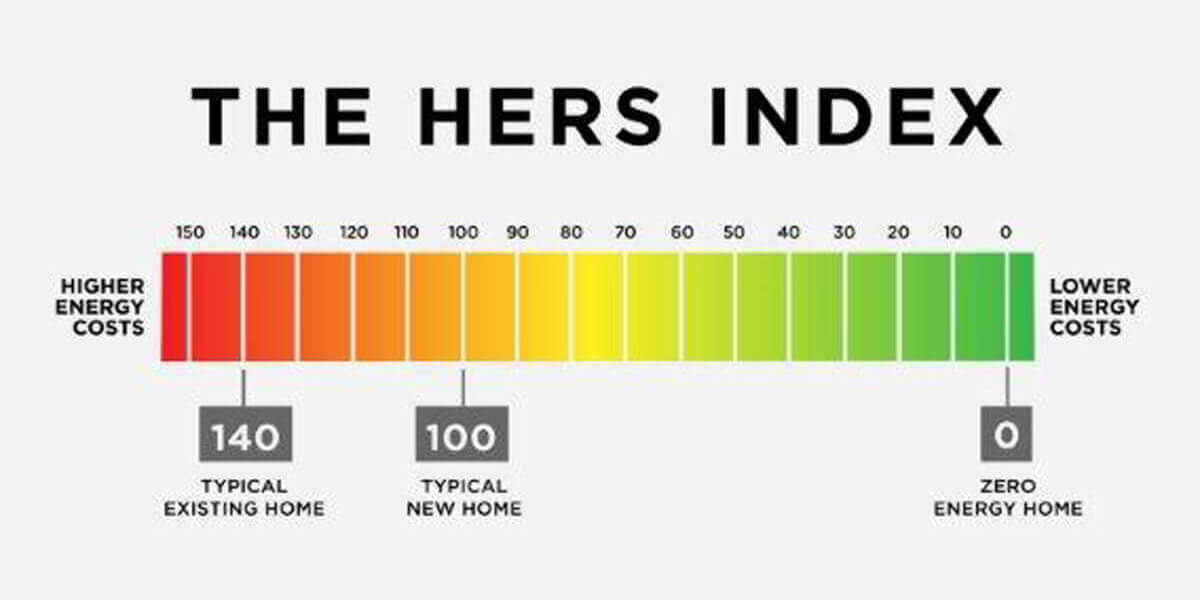Cellulose insulation fits perfectly into this modern era of a green revolution, but surprisingly, it has been around for centuries. Forms of cellulose insulation were even found in Thomas Jefferson’s estate in 1769.
The familiar form of cellulose insulation that we know today became popular in the 1920’s and boomed during the energy crisis of the 1970’s and 80’s. As this insulation grew in popularity, its manufacturing and installation techniques improved immensely. Today, the Nation Fiber Cellulose that we use at Dolphin is the best quality to provide you effective, green insulation.
Cellulose is actually the most common building material in the world. It’s a form of wood, the most highly used material in structures today. Cellulose is made up of recycled cardboard and paper. These materials are combined and then turned back into a fibrous state through National Fiber processes. By fibrous, we mean that it is turned back into a compact solid instead of loosely connected pieces of recycled materials.
When installed, loose fill cellulose has a tendency to “settle.” This means that it compresses and leaves lots of empty space within the insulated area. To prevent settling, we install the insulation at a higher density than needed. This way when it settles, no space is left without insulation; the settled cellulose sits at the perfect density. This technique also ensures that there are no gaps or spaces within the insulation. Over-packing the insulated area busts the common myth that when cellulose settles it reduces in efficiency.
Other myths exist about cellulose insulation—these myths have all been proven wrong. Many people believe that since cellulose is made from recycled materials such as paper, it is easily flammable. In reality, a part of the process to fiberize cellulose is to infuse it with borate, a mineral that reduces all flammability. When it comes in contact with flames, the outside layer chars and prevents the fire from reaching the inside of the insulated wall. Borate gives cellulose a top-notch fire rating so that the insulation actually protects from flames. All National Fiber cellulose is required to satisfy the Class A Fire Standards.
It has also been said that cellulose insulation does not air seal as well as foam insulation. This claim is false simply based on the installation techniques. Theoretically, any insulation should seal off air when installed correctly. As professionals, we make sure that your insulation does not have gaps inside it. By tightly installing the cellulose, it automatically acts as a top quality air-sealing barrier.
When professionals at Dolphin install your National Fiber Cellulose insulation, we ensure that all of the common misconceptions are proven wrong. Since Thomas Jefferson, cellulose has been constantly reinvented until we settled with the green, highly insulating material that we know today. Cellulose is resistant to fire, mold, and vermin.















